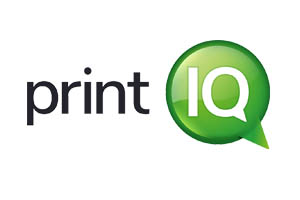Prepress…
Prepress Services
Prepress is the process of preparing and setting up your artwork files to ensure they are ready for print.
Our qualified prepress specialists review your files and make necessary adjustments and preparation to ensure that your artwork is setup ready for digital or offset printing.
Our digital printing machine receives data electronically and transfers the file to paper without the need for printing plates. For offset printing, images and text are adjusted accordingly to create the highest quality print file, which is then transferred to a printing plate. Both processes ensure a seamless print job every time.
Preparing files in our prepress department includes receiving and reviewing your files, creating proofs (either physical or through our Kodak Insite Prepress Portal System™), making printing plates (for offset printing), and submitting to our digital press workflows (for digital printing).
Kodak Insite Prepress Portal™
The Kodak InSite Prepress Portal™ allows printers and their customers to submit jobs, track progress, collaborate on changes, and proof and approve work. Proofing with Insite allows for accurate proofing using ripped files and streamlines the process without having to exchange physical proofs. The ability to view the artwork as it will print, including being able to view the separations, bleed, trim and embellishments makes for a more efficient way to proof files.
Talk to us about signing up to use Insite to proof and upload files directly to our prepress department.

Computer-to-Plate

In prepress and printing, a system in which electronic page information is used to guide lasers in the direct imaging of a printing plate. CTP systems are increasingly being incorporated into all-digital prepress and printing workflows.
In a CTP system, digital information from a page file is sent in PostScript form to an off-press device known as a platesetter, which reads the file information and exposes the data onto metal plates that are ready for the press.
Offset vs. Digital Printing
The technological difference between the two printing methods (offset printing versus digital printing) is in the way the images get transferred onto the paper. It is this difference that affects the cost economics of running the job on offset or digital print machinery.
Offset printing uses etched metal plates that apply ink onto a sheet of paper. The setup for offset printing is generally significantly more time consuming and expensive than digital printing. The metal plates, one plate per each colour being used, need to be etched and applied to the rollers that transfer the ink directly onto the paper. Then, the offset press needs to be run for a few minutes on “scrap” sheets of paper until the plates are properly inked. Think of it like “warmup” sheets that are eventually thrown away.
On the other hand, digital printing uses electrostatic rollers called “drums” to apply toner and add full colour onto the paper. The drums, again, one per each colour being printed, use an electrostatic charge that attracts toner in the form of toner density. The toner is then applied onto the sheet and then fused (passed through a high-heat unit) onto the paper.








